Power Float vs Hand Float: Which is the Ultimate Concrete Finishing Tool
Concrete finishing plays a vital role in achieving durable and visually appealing concrete surfaces. It involves the application of techniques and tools to refine the surface of freshly poured concrete, providing it with the desired texture, smoothness, and appearance. Two commonly used methods in concrete finishing are the power float and hand float techniques. The power float technique employs motorized equipment to efficiently finish large areas of concrete, while the hand float technique involves manual work using handheld tools for smaller sections and intricate details.
A. Definition and purpose of concrete finishing:
- Concrete finishing refers to the process of treating the surface of freshly poured concrete to achieve the desired texture, smoothness, and appearance.
- It involves various techniques and tools to create a functional and aesthetically pleasing final product.
B. Overview of power float and hand float techniques:
- Power float technique: Utilizes a motorized machine with rotating blades or pans to smooth and level large areas of concrete efficiently.
- Hand float technique: Involves using a handheld tool, typically made of wood, magnesium, or aluminum, to manually finish smaller sections or perform detailed work.
C. Importance of choosing the right tool for the job:
- Selecting the appropriate concrete finishing tool is crucial to ensure the desired results and optimize efficiency.
- The choice depends on factors such as the scale of the project, the level of precision required, and the accessibility of the work area. Using the wrong tool may result in subpar finishes, increased labor time, and repairs.
Contents
Power Float
Description and components
A power float machine is a motorized equipment used for concrete finishing. It typically consists of a flat rotating disc or blades attached to a motor and a handle for maneuverability. The disc or blades come in various sizes and can be adjusted for different applications.
Advantages of using
Increased efficiency and productivity:
- Power floats allow for faster and more efficient concrete finishing compared to manual methods. The rotating blades or pans cover larger surface areas, reducing the time and labor required for finishing.
Ability to cover large areas quickly:
- Power floats are particularly suitable for projects that involve extensive concrete surfaces like industrial floors, parking lots, or large slabs.
Consistent and uniform finish:
- Power floats provide a consistent and uniform finish to the concrete surface.
- The rotation of the blades helps eliminate high spots and creates a smoother and flatter surface.
Considerations for using
Skill and experience required:
- Operating a power float machine requires training and experience to ensure proper handling and achieving the desired results.
- Skilled operators understand how to control the machine, adjust the blades, and avoid over-finishing or damaging the concrete.
Power source and maintenance:
- Power floats can be powered by gasoline or electric engines, and the choice depends on availability and project requirements.
- Regular maintenance, such as cleaning, lubrication, and blade adjustments, is essential for optimal performance and longevity.
Cost implications:
- Acquiring a power float machine can be a significant investment, especially for smaller-scale projects.
- Additionally, the costs of fuel or electricity, maintenance, and repairs should be considered when evaluating the overall budget.
Hand Float
Description and types
- A hand float is a manual tool used for concrete finishing. It typically consists of a flat rectangular or circular surface made of materials like wood, magnesium, or aluminum.
- Different types of hand floats include bull floats, darbies, and magnesium floats, each with specific features for various finishing tasks.
Advantages of using
Greater control and precision:
- Hand floats allow for precise control over the concrete finishing process.
- They enable the operator to address specific areas, level uneven spots, or create intricate textures with ease.
Suitable for small or intricate areas:
- Hand floats are ideal for finishing smaller sections or areas where power float machines cannot reach.
- They are particularly useful in corners, edges, or tight spaces where manual control is necessary.
Versatility in achieving different finishes:
- Hand floats offer flexibility in achieving various finishes, such as smooth, textured, or decorative surfaces.
- Operators can adapt the pressure and angle of the float to create the desired appearance.
Considerations for using
Physical effort and time required:
- Using a hand float requires physical effort from the operator, especially when working on larger areas.
- The manual nature of the tool may result in longer finishing times compared to power floats.
Skill development and training:
- Operators need to develop the necessary skills and techniques to effectively use a hand float.
- Training and experience are crucial to ensure a consistent and high-quality finish.
Limitations on large-scale projects:
- Hand floats are more suitable for smaller-scale projects or areas that demand detailed work.
- Covering large areas with a hand float can be time-consuming and labor-intensive.
Comparison
Performance and efficiency
Power Float:
- Provides faster and more efficient concrete finishing, covering large areas quickly, Ideal for large-scale projects.
Hand Float:
- Offers greater control and precision for detailed work or smaller sections. Requires more time and physical effort.
Quality of finish
Power Float:
- Achieves a consistent and uniform finish with a smooth and flat surface, helps eliminate high spots.
Hand Float:
- Allows for customizable finishes, including smooth, textured, or decorative surfaces.
Cost-effectiveness and budget considerations
Power Float:
- Requires a significant initial investment for purchasing or renting the machine.
Hand Float:
- Generally, more cost-effective, especially for smaller-scale projects, requires minimal investment.
Suitability for different project types and sizes
Power Float:
- Well-suited for large-scale projects like industrial floors, parking lots, or extensive concrete slabs.
Hand Float:
- Ideal for smaller-scale projects, touch-ups, or areas with limited access.
Choosing the right Techniques
Project requirements and specifications
- Evaluate the specific requirements and specifications of the project, including the size of the area to be finished, desired finish quality, and any specific design considerations.
- Consider whether the project requires a large-scale, efficient finish (power float) or more detailed, precise work (hand float).
Consideration of available resources
- Assess the availability of resources such as budget, time, and equipment.
- Determine whether the project budget allows for the investment in a power float machine or if a hand float is more suitable in terms of cost-effectiveness.
Skill level and experience of the workforce
- Evaluate the skill level and experience of the workforce available for the project.
- Power float machines require trained operators who are experienced in handling the equipment effectively.
- Determine whether the workforce has the necessary skills for using a power float or if they are more comfortable and proficient with hand floats.
Balancing time, cost, and quality factors
- Power floats offer greater efficiency and time-saving capabilities for large-scale projects but come with higher initial investment costs.
- Hand floats may require more time and physical effort but can provide greater precision and control for achieving specific finishes.
Conclusions
In conclusion, the choice between a power float and a hand float for concrete finishing depends on the specific project requirements, available resources, workforce skills, and desired outcomes. Both tools offer distinct advantages and considerations, and it is essential to make an informed decision based on these factors. By carefully evaluating project needs, considering available resources, and assessing the desired balance between time, cost, and quality, the optimal technique can be selected.
Whether it’s the efficiency and speed of a power float or the precision and control of a hand float, the ultimate concrete finishing tool is the one that best aligns with the project’s unique characteristics and goals.
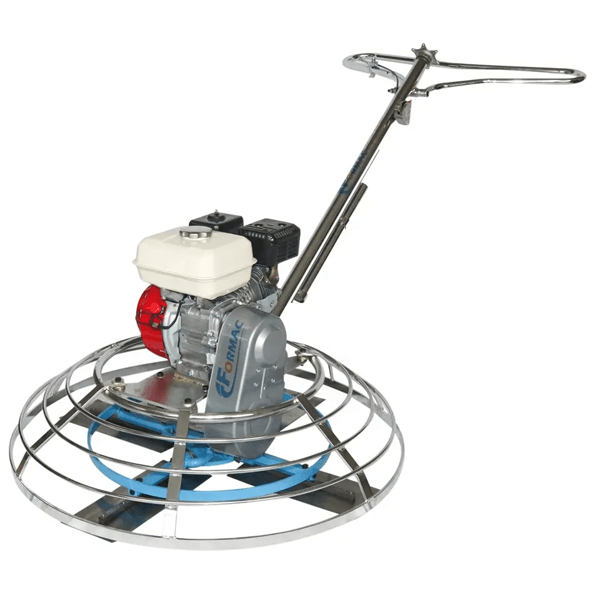
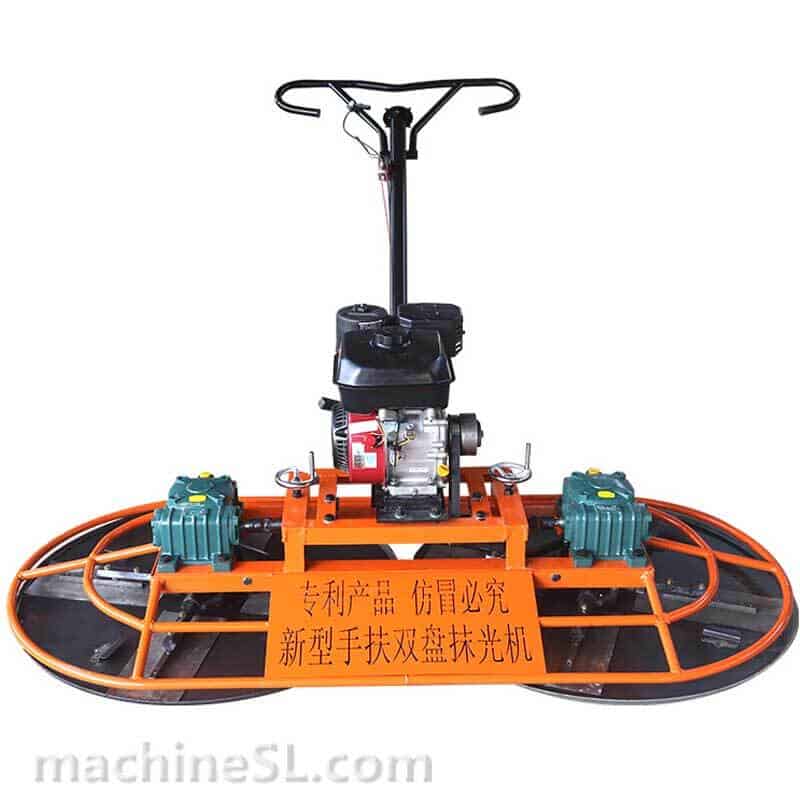
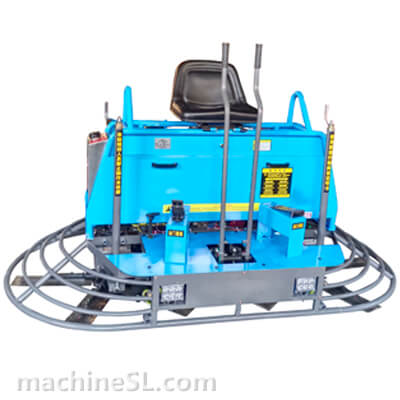
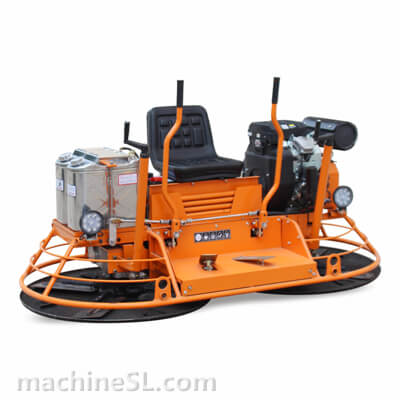
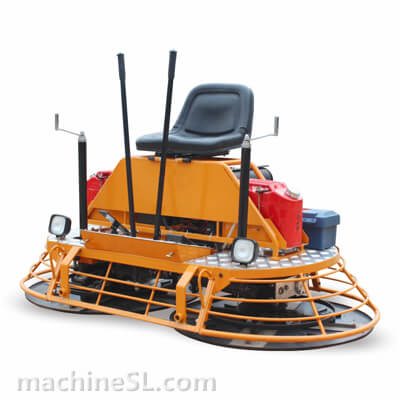
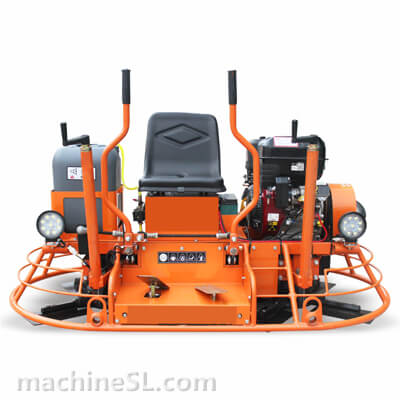
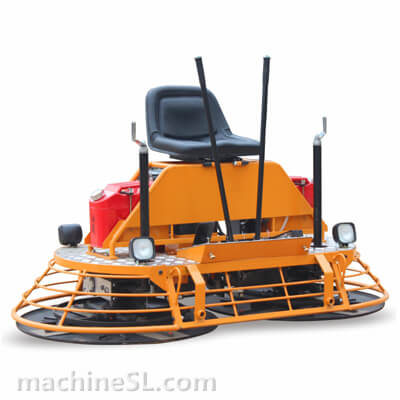
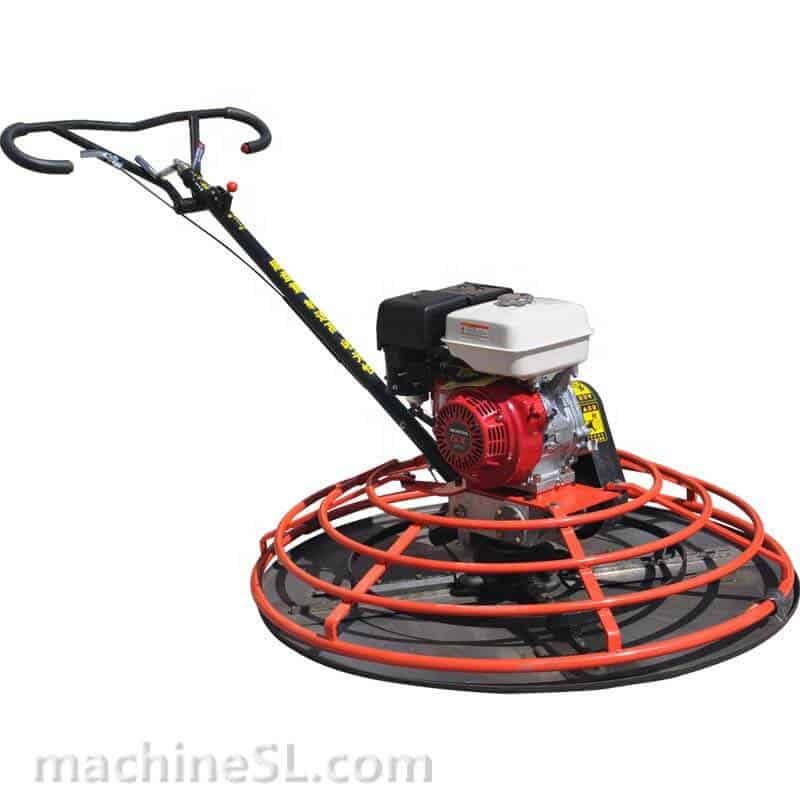
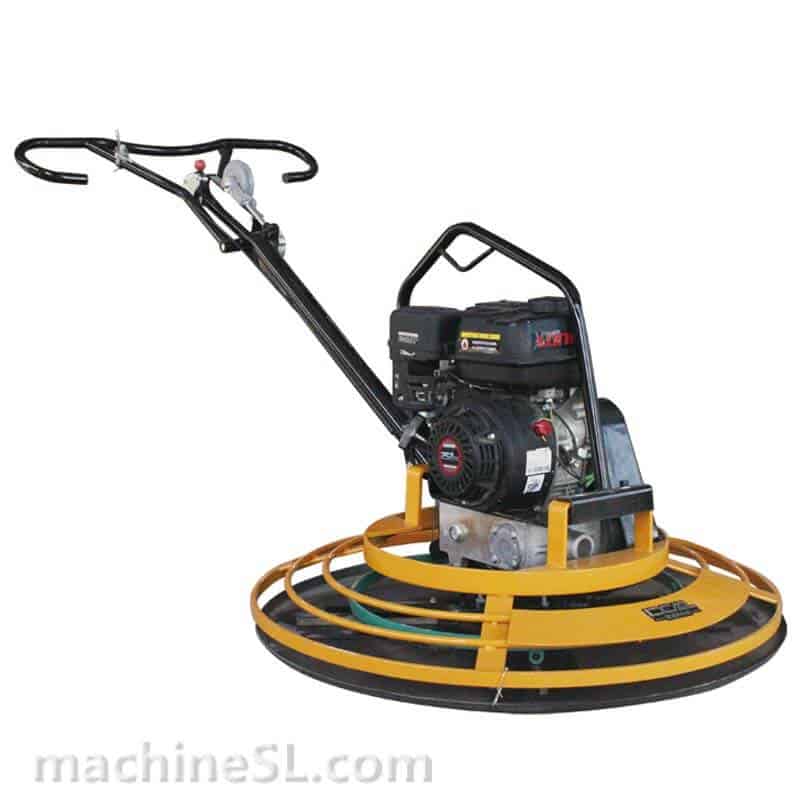
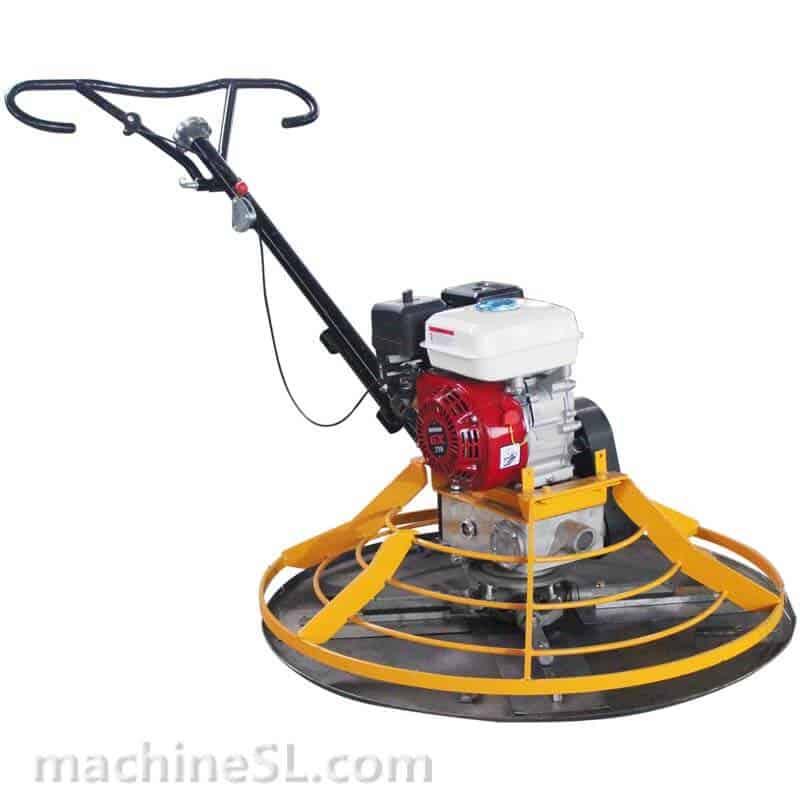
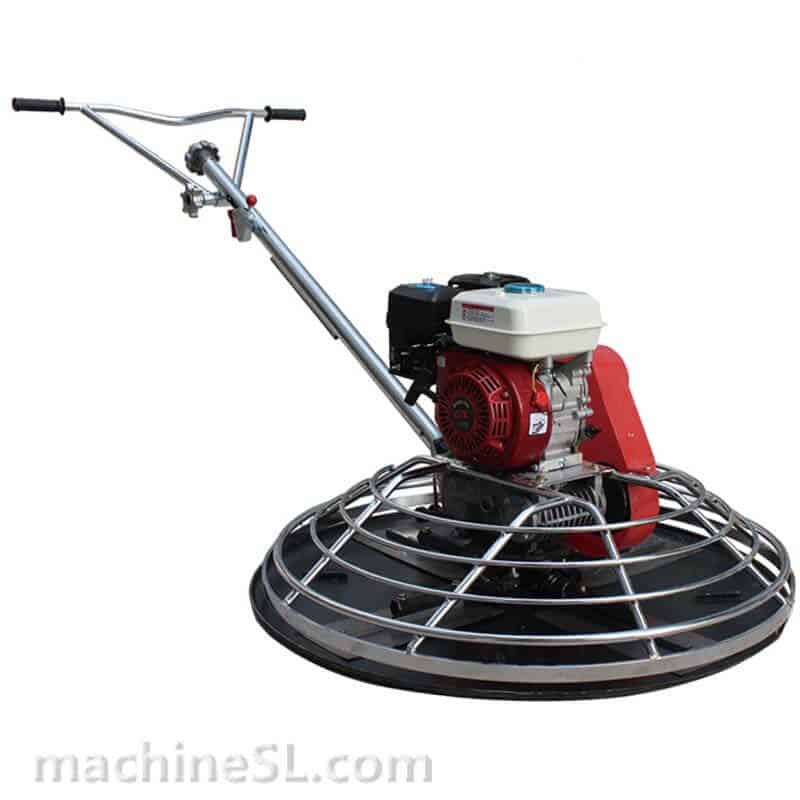
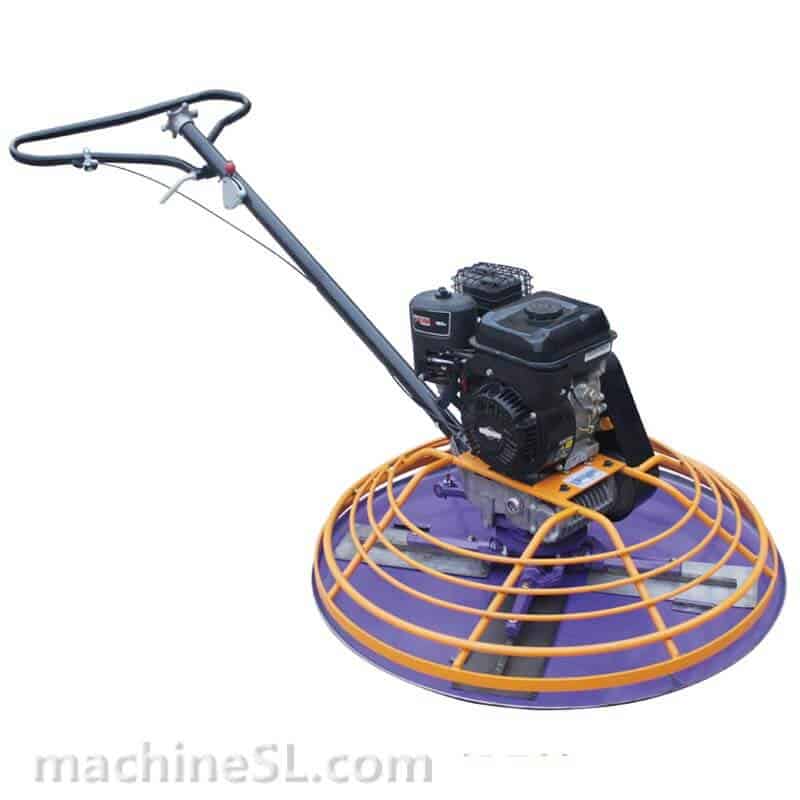
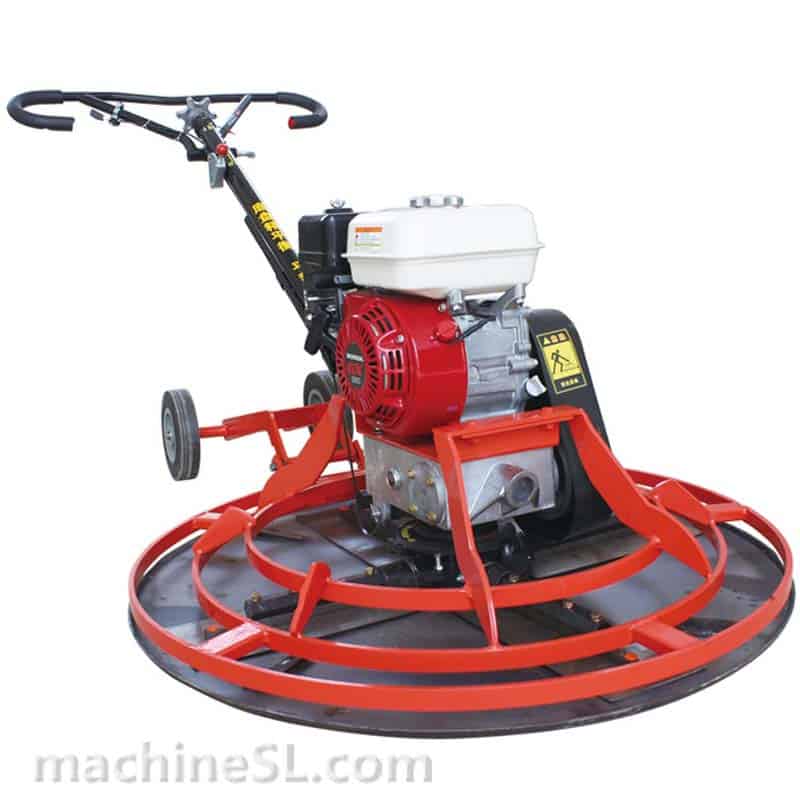
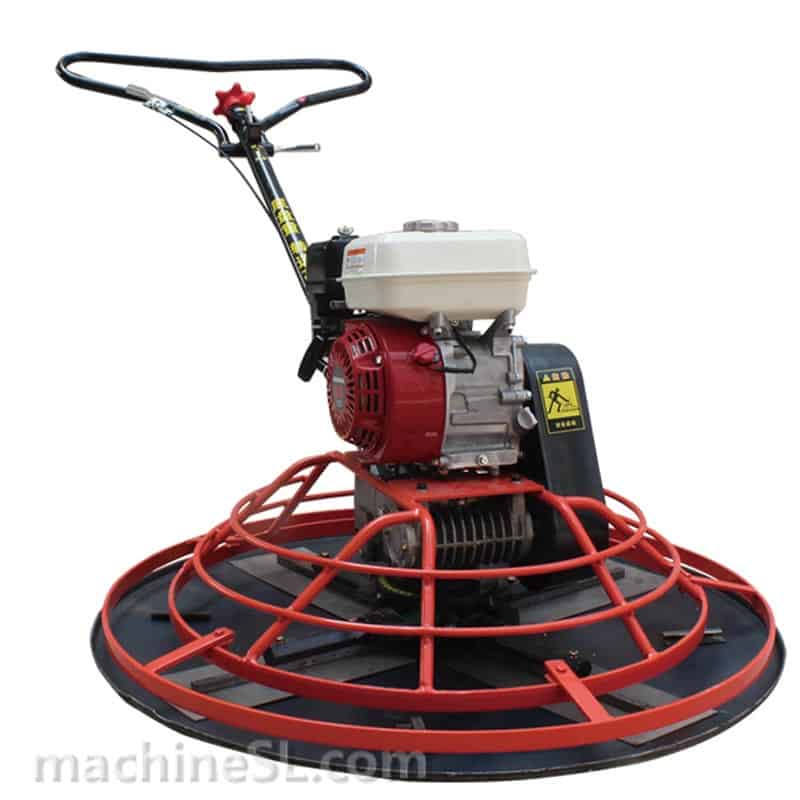
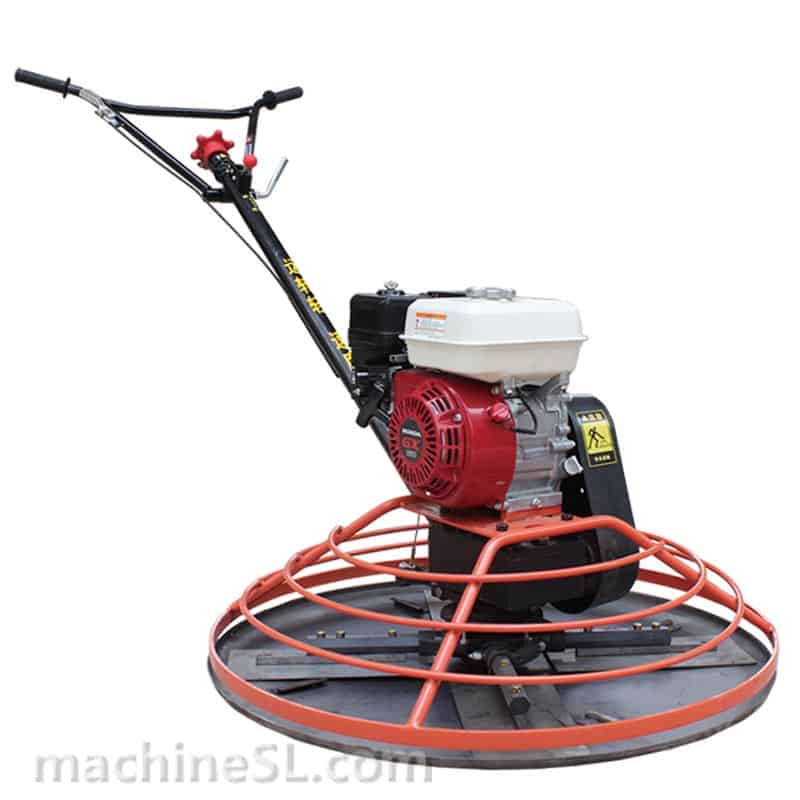
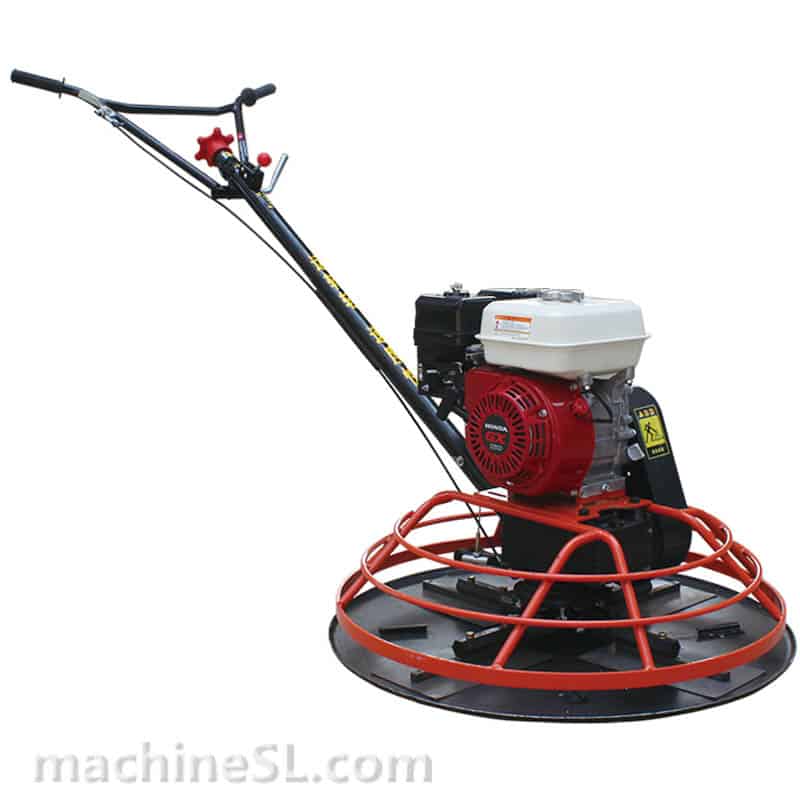
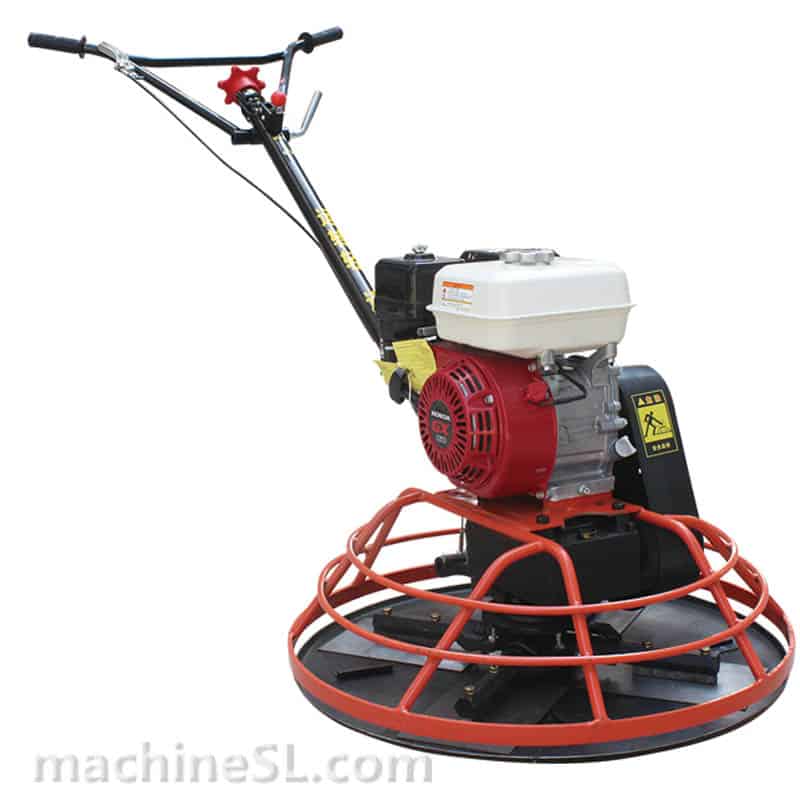
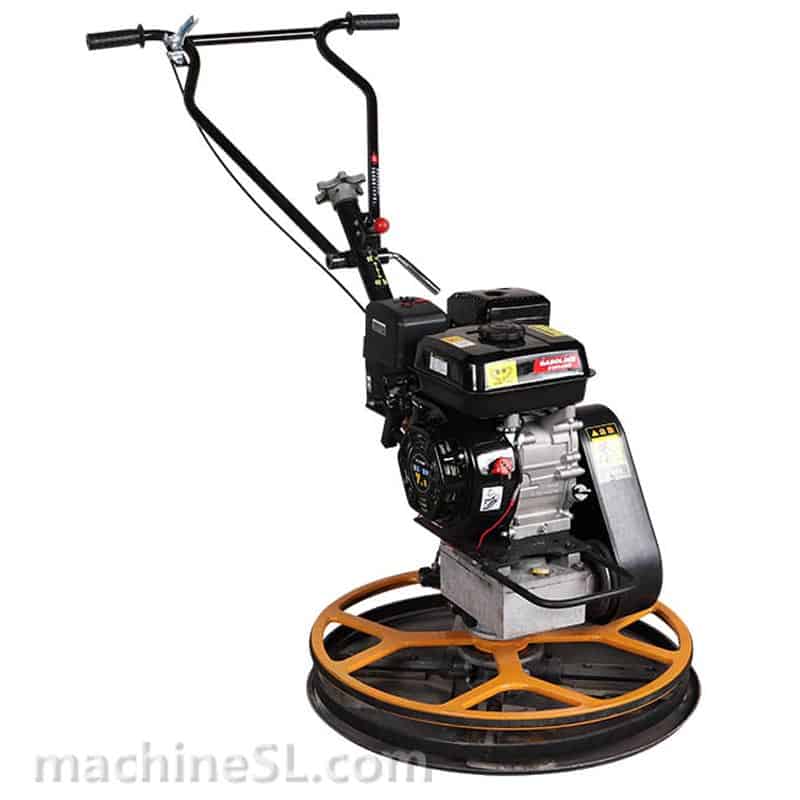
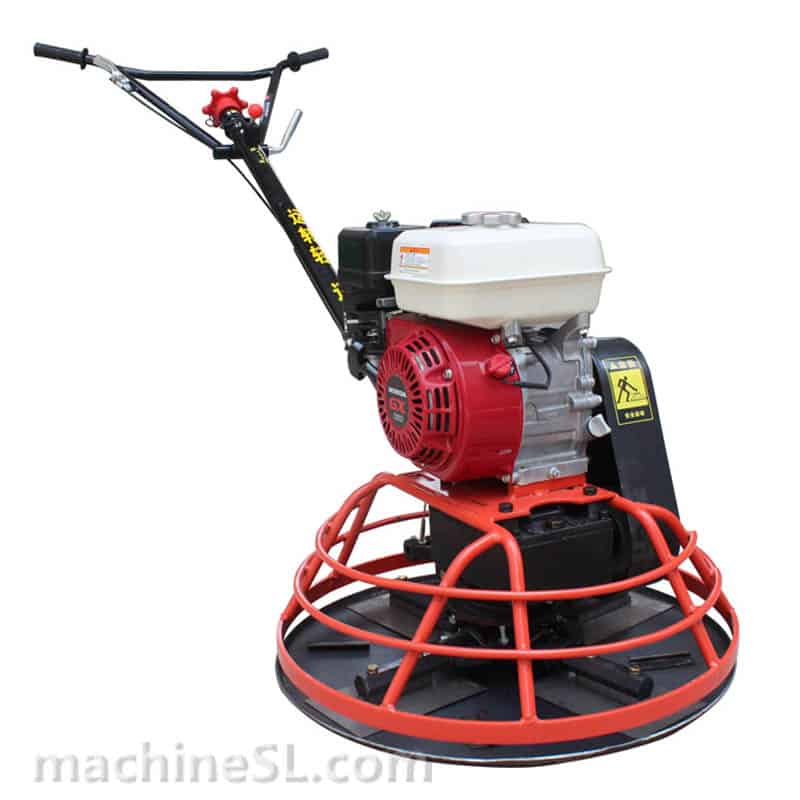
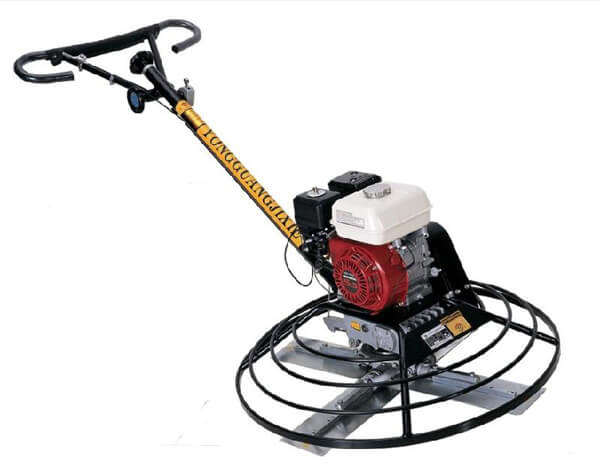
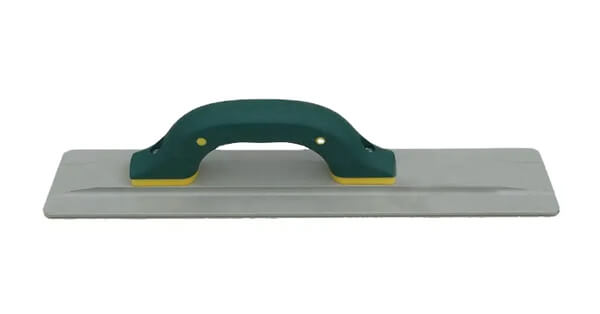

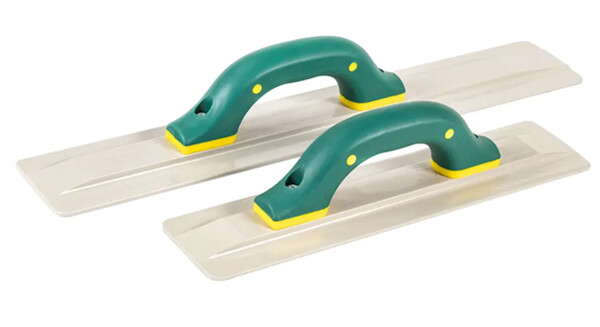
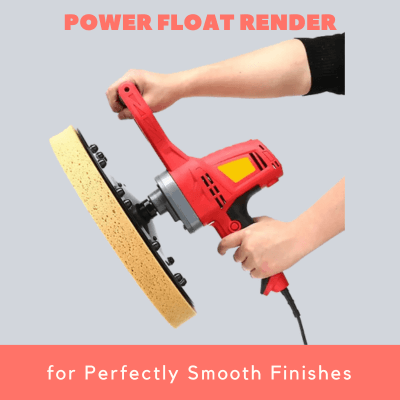
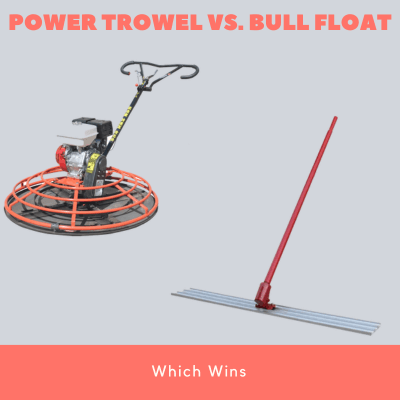
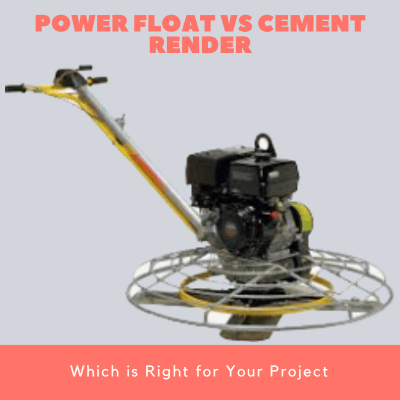

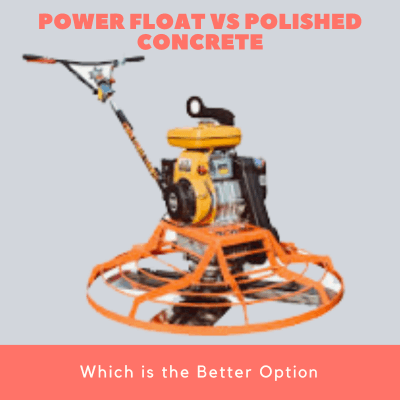
Leave A Comment